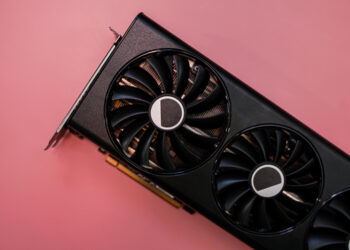Component manufacturers are continually enhancing their protocols, and AMD is part of that evolution. Widely recognized for its graphics cards, the company is transitioning its latest 9000 series GPUs to the Unified Extensible Firmware Interface (UEFI) firmware standard. This shift marks a move away from the traditional pre-boot BIOS setup that has served as the standard for executing various system tasks over the years.
According to PC World, some computer enthusiasts might assume that UEFI and pre-boot BIOS serve the same function. However, AMD has made it clear in its support documentation that UEFI will be its exclusive firmware standard for graphics cards like the Radeon RX 9070 and 9070 XT. The reasons for this transition include enhanced security, wider compatibility with various interfaces, quicker firmware updates, support for larger hard drives, compatibility with newer PC hardware, Windows Secure Boot support, and faster shutdown, startup, sleep, and resume times.
While AMD has confidence in its decision, some users running Windows 10 on older motherboards might find themselves facing challenges. As noted by PC World, most systems that are at least a decade old typically feature motherboards that support UEFI. Nevertheless, many Windows 10 users seem inclined to stick with their familiar operating system until after October 14, 2025, when Microsoft plans to cease support.
Statistics from the gaming platform Steam reveal that more than 40% of users are currently on PCs running Windows 10, which could present issues regarding compatibility with Windows 11 if their hardware does not meet the standard. Unfortunately, testing a PC motherboard’s compatibility with UEFI versus BIOS isn’t straightforward based on Steam’s data.
This development could be AMD’s strategy to encourage the transition to Windows 11. Users are still able to circumvent the problem by upgrading their motherboards while continuing to use Windows 10.
Moreover, customers reluctant to upgrade should expect increasing pressure to move away from outdated software. Importantly, Microsoft has indicated that it aims to implement a fee for Extended Security Updates (ESU) for anyone who continues to use Windows 10 past its end-of-life date.

Discover the latest insights on PC gaming technology






